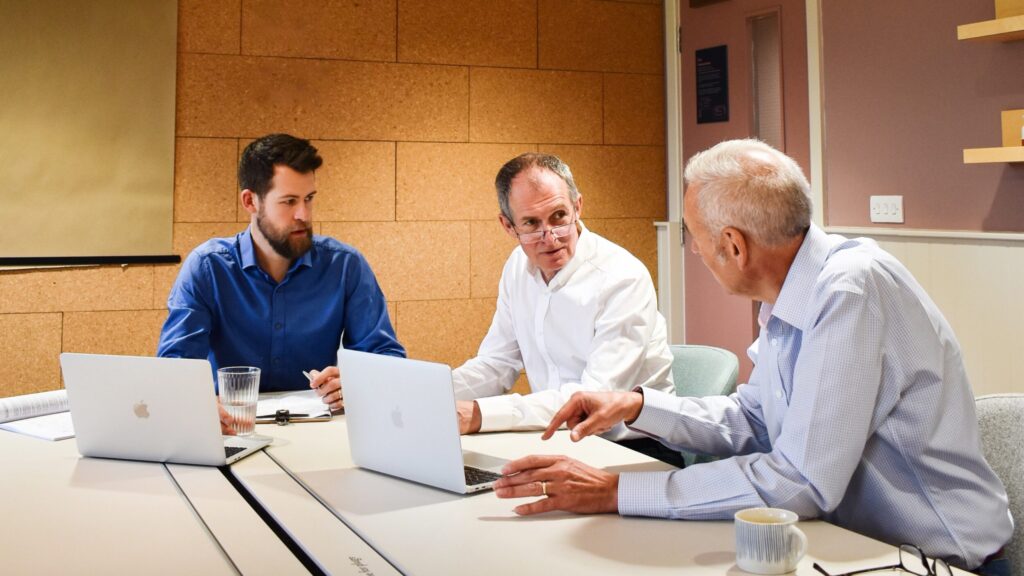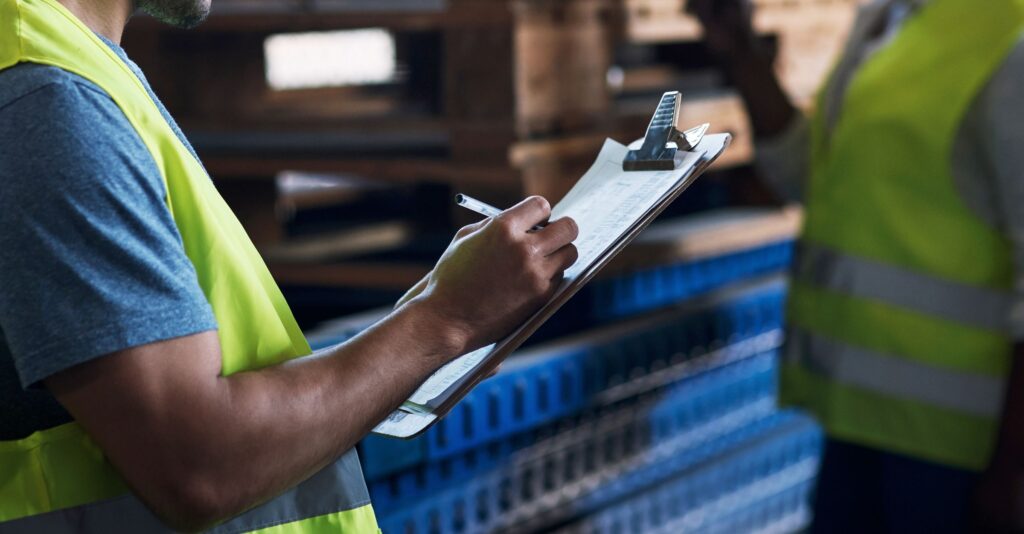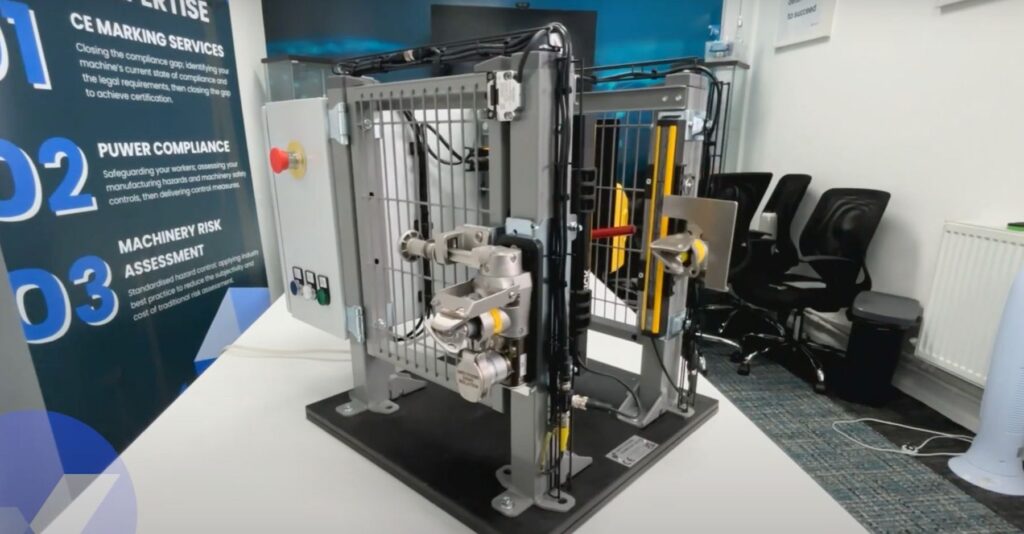Quick Links
- Understand the Risk
- When Manual Handling Goes Wrong
- What is TILEO Manual Handling?
- Task
- Individual
- Load
- Environment
- Other Factors
- Conclusion
In 2023-4, 543,000 people reported suffering from work-related musculoskeletal injuries or disorders. Today, we’ll look into how you can reduce this risk in your workplace by adopting TILEO manual handling techniques.
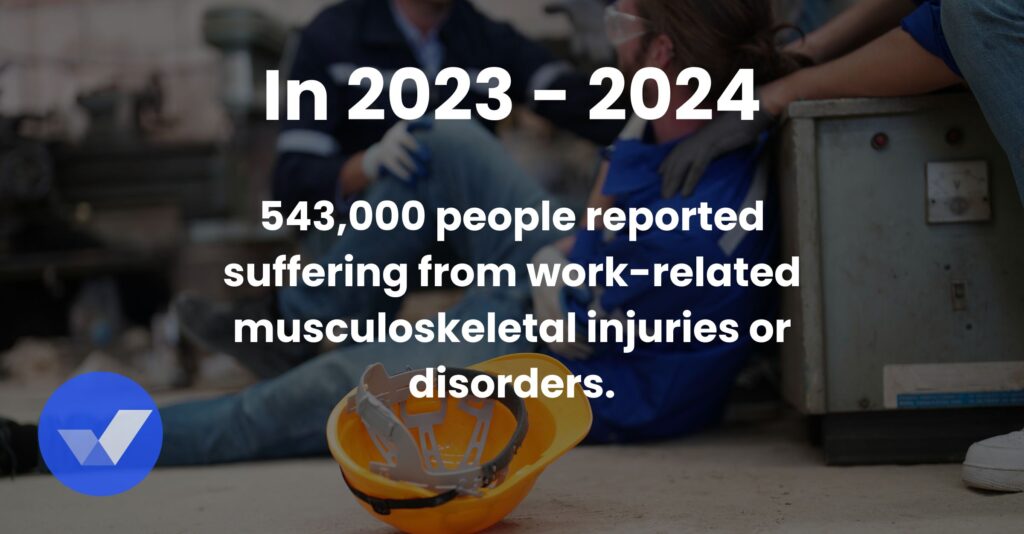
Understand the Risk
Most people, regardless of their job role within the workplace, will have come across manual handling at some point. While most people associate it strictly with lifting and carrying, usually within a manual work environment context, it’s actually a far broader catch-all term which covers any activity which requires someone to move an object using their own bodily force.
So, this could be anything from lifting a cardboard box off the floor, to pushing a trolley, to pulling a heavy rope or chain. Not only this, but the load could be an object, a vehicle, a person or even an animal.
TILEO manual handling techniques minimise the risk of injury and can applied in just about any working environment.
When Manual Handling Goes Wrong
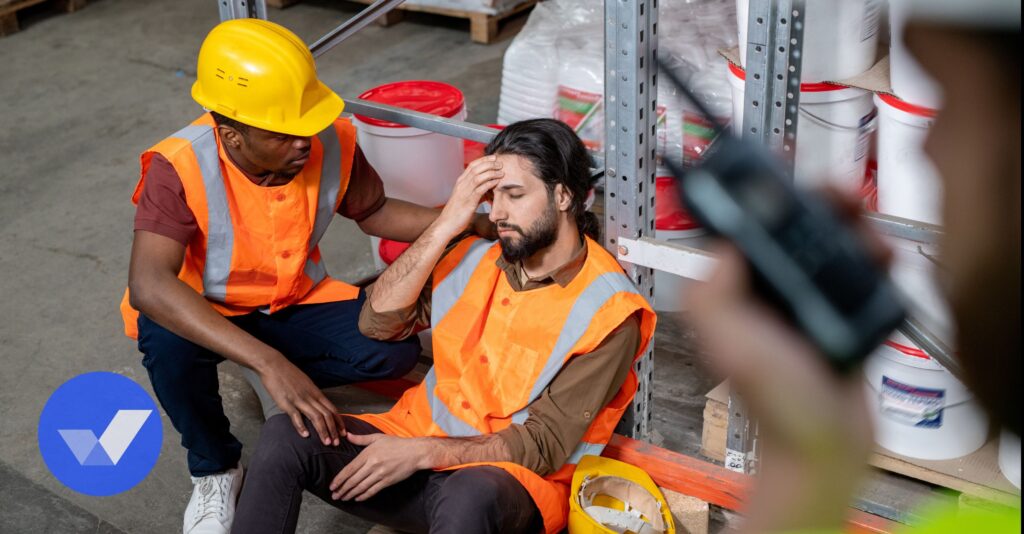
Failure to adopt TILEO Manual handling best practice can result in both acute and chronic injuries, such as a temporary ache or strain, which may pass in a few minutes or the next day- all the way through to long-term back pain, sciatica or hernias, causing reduced mobility or ability to carry loads. In extreme cases, it’s possible to break bones through excessive manual handling.
What is TILEO Manual Handling?
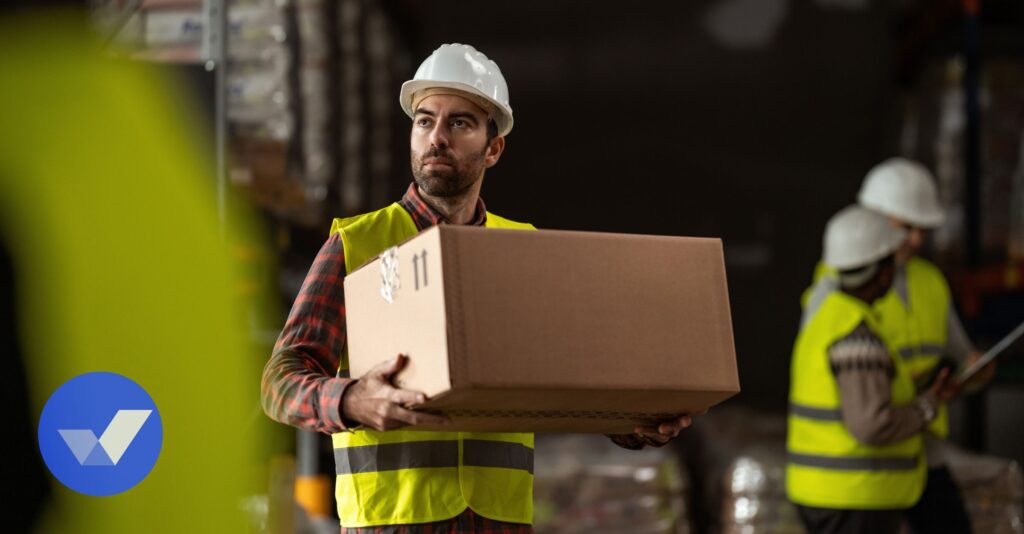
Often referred to simply as TILE, TILEO manual handling is the industry recognised methodology for carrying out safe manual handling, and stands for Task, Individual, Load, Environment and Other. It doesn’t matter which order you consider these factors- hence why some H&S nutjobs professionals call it LITE instead.
It’s unlikely that you’ll remember to adopt every single principle of TILEO manual handling each time you go to move a load, but they should factor into any risk assessments that are carried out prior to work commencing.
So, what are these principles? Let’s unpack them. With each consideration, the aim is to reduce risk level by accounting for the following hazards or risk factors identified. They should be taken into account when assessing risk and implementing effective controls.
Task
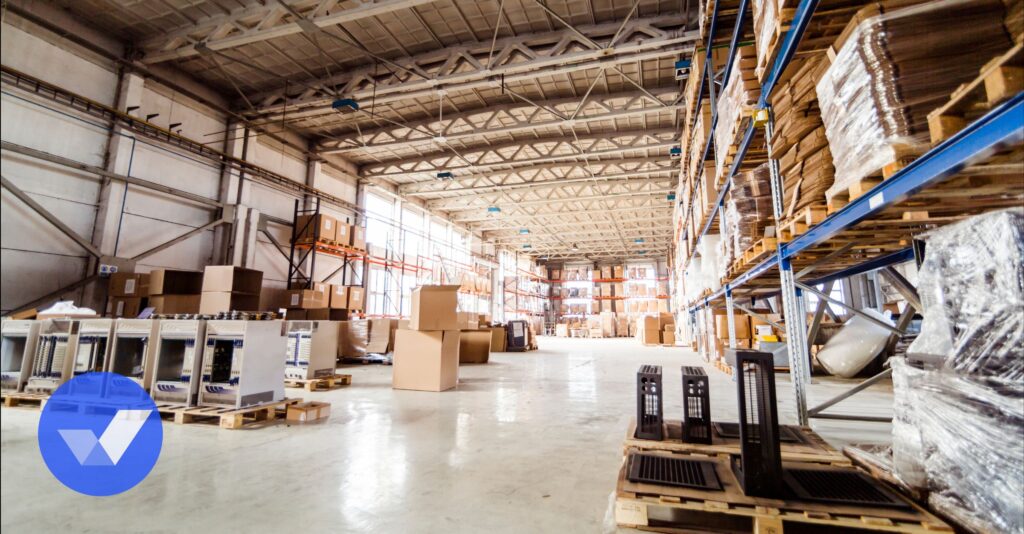
This is where you consider the activity or job itself. Factors to understand are:
- The type of movement involved- is it lifting or lowering, carrying or dragging, pushing or pulling?
- Posture required- can the activity be carried out while maintaining a straight (not necessarily vertical) spine, or does it require bending or twisting? Is extensive reaching or work at height required?
- Duration- how long does the activity take- can it be achieved more quickly or slowly (whichever will reduce fatigue) or be undertaken in intervals?
- Frequency- is the task repeated in a short period of time?
- Distance- how far must the load be moved? Can it be shortened?
- Rest breaks- can these be factored into the activity if fatigue is a concern?
- Additional physical demands, such as the need for sudden or unexpected movements (which can cause immediate bodily strain), or the need for precision handling, which can result in increased fatigue.
Individual
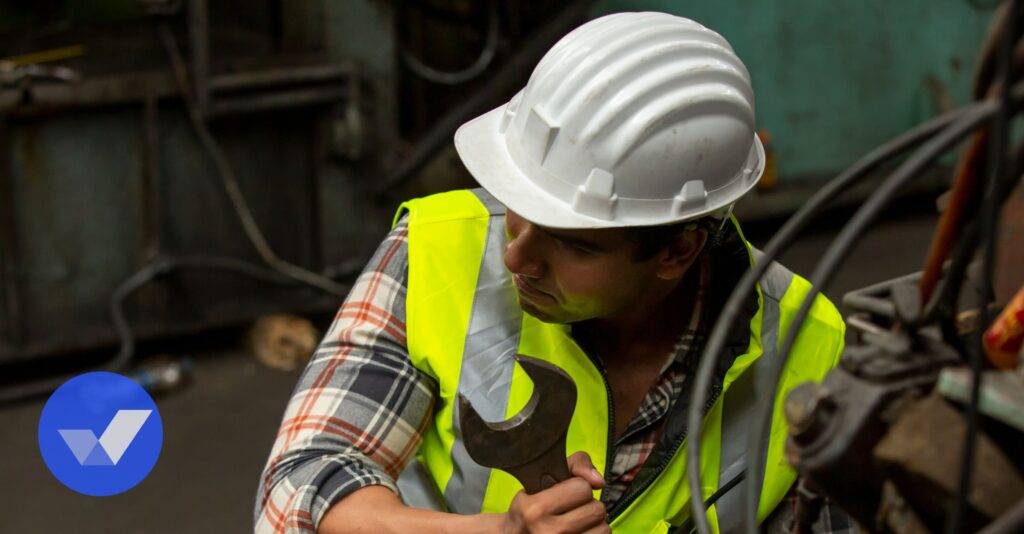
This factor takes a good look at the person performing the task, and assesses their ability to carry out safe manual handling. You should consider:
- Physical capability: are they physically up to the task, do they have the necessary strength and endurance?
- Age/ health: older workers, and indeed younger workers, may have reduced strength and physical abilities. Older workers may also have pre-existing injuries which hinder their ability to carry out safe manual handling.
- Competence: does the individual have the necessary skills, knowledge, and experience to carry out the task? Have they had the necessary training?
- Personal limitations: you should consider other personal attributes that may affect their ability to carry out the task, such as energy levels, pregnancy or disabilities.
- Clothing and PPE: is the individual wearing appropriate PPE such as gloves or supportive footwear- similarly are they wearing clothes or PPE that may hinder the work activities, get in the way, or become a trip or entanglement hazard? Could they cause reduced visibility or situational awareness/perception?
Load
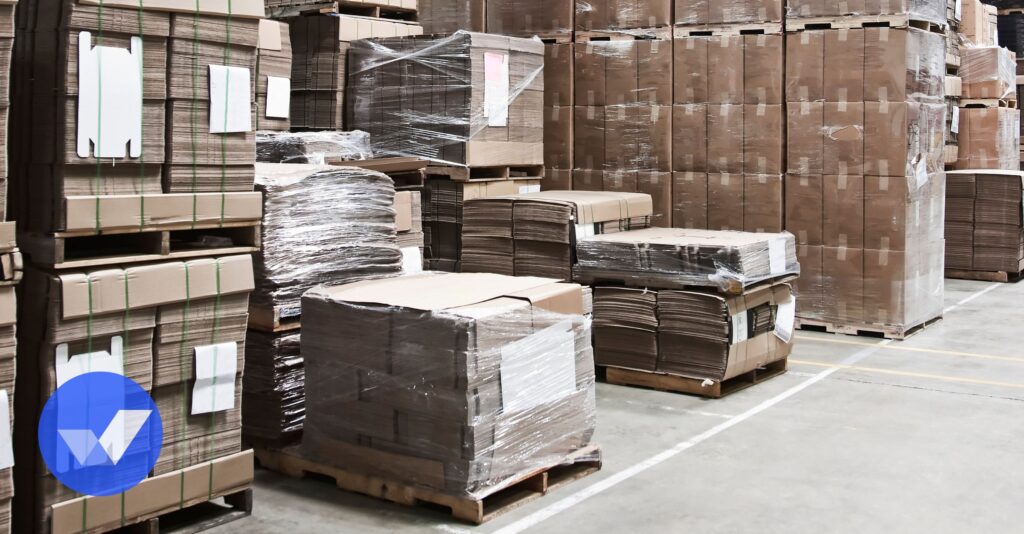
This is a key factor that should be considered long before attempting to move the load. The individual needs to understand what they’re dealing with and assess:
- The weight of the object- is it a 2-person lift? Can one person manage it? How easily?
- Size and shape- “it’s not heavy, just awkward”. How many times have you heard that phrase? Large or awkwardly shaped loads can make it challenging to grip and also maintain a stable posture.
- Stability- Is the load likely to become loose during movement? This can throw off your balance.
- Fragility- a delicate, more breakable item may require additional care, changing the lifting technique.
- Hazardous materials- the load may contain anything from chemicals to sharps, all of which may mean additional safety controls are required, such as PPE.
Environment
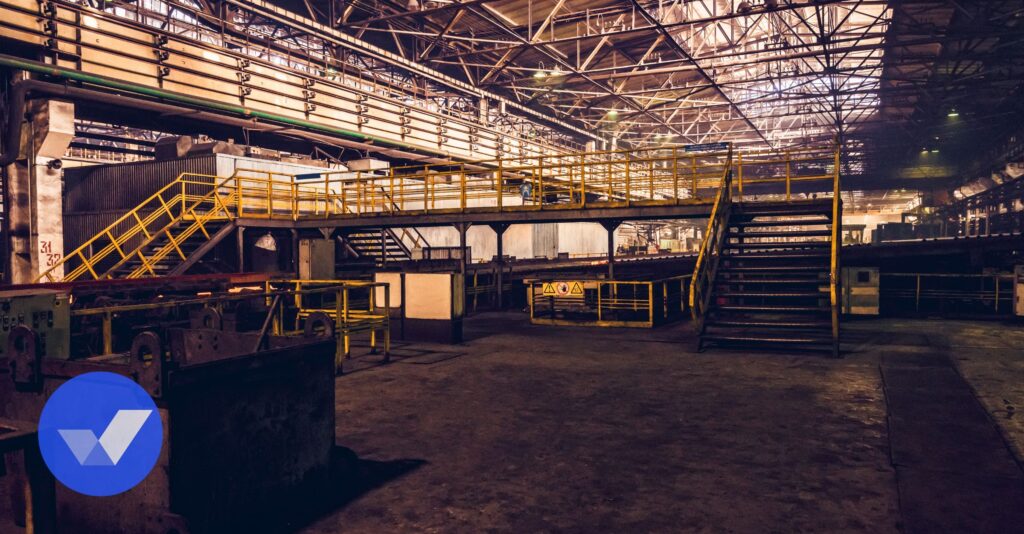
This is where you consider the working environment. It’s important to account for these factors, even though they may seem less obvious or even trivial.
- Space: is there sufficient room to manoeuvre without obstructions? Tight spaces can often lead to adopting awkward postures.
- Floor: the risk of slips, trips and falls is increased where slippery, uneven or cluttered floors are present.
- Lighting: poor lighting, flickering, or sudden changes to lighting levels can make it difficult to see hazards such as low headroom, changes in floor level or obstructions.
- Weather: if working outdoors, manual handling may be affected by rain, wind, ice, or extreme temperatures.
Other Factors
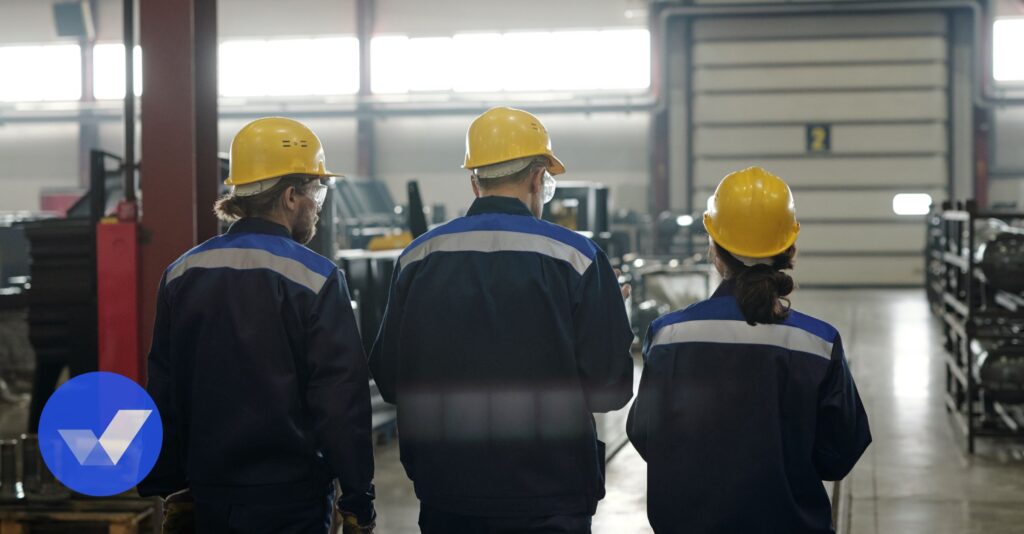
This is where we bundle all the other factors that could take your manual handling activity from silky smooth to a rough ride- or vice versa.
- Mechanical aides- the first rule of lifting, is…don’t lift. If you can use a mechanical aide, do so. This could be trollies, hoists or conveyor belts, as well as grip aides, pulleys, levers, anything mechanical or engineered that can help reduce the amount of manual handling required.
- Team coordination- if multiple people are required to carry out the lift, make sure everyone understands the lifting plan, the hazards and risks, and the process.
- Time- are employees working against the clock? Rushing to meet deadlines can mean safe working is sacrificed. Account for this accordingly.
Adopt TILEO Manual Handling with Knox Thomas
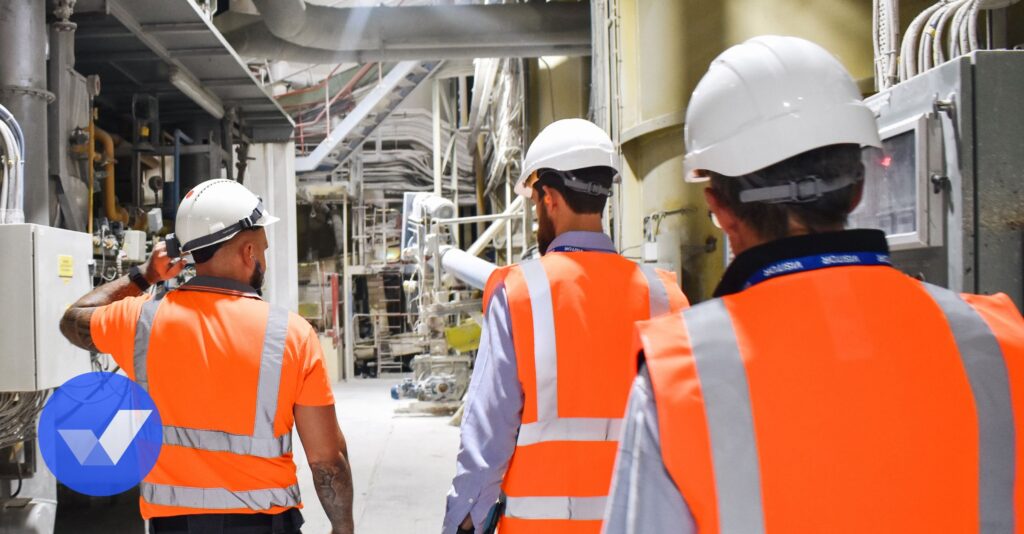
As with all matters to do with Health and Safety, it’s easy to do a half-baked effort or rush job in order to tick the box. This however usually leads to overlooking certain risks, or putting in generic controls which don’t actually reduce risk likelihood or severity (seemingly wearing a hi-vis makes you immune to everything). This detrimentally affects everyone involved, puts people at risk and reduces workplace efficiency too.
So, if taking a holistic approach to managing risk, (for example by adopting the principles of TILEO manual handling) seems like too much for you to handle, or is simply too time consuming, let us know. The Team at Knox Thomas are ready to help you to manage all workplace safety risks, large or small, to ensure your workforce, workplace, and operations are all as safe as possible.

